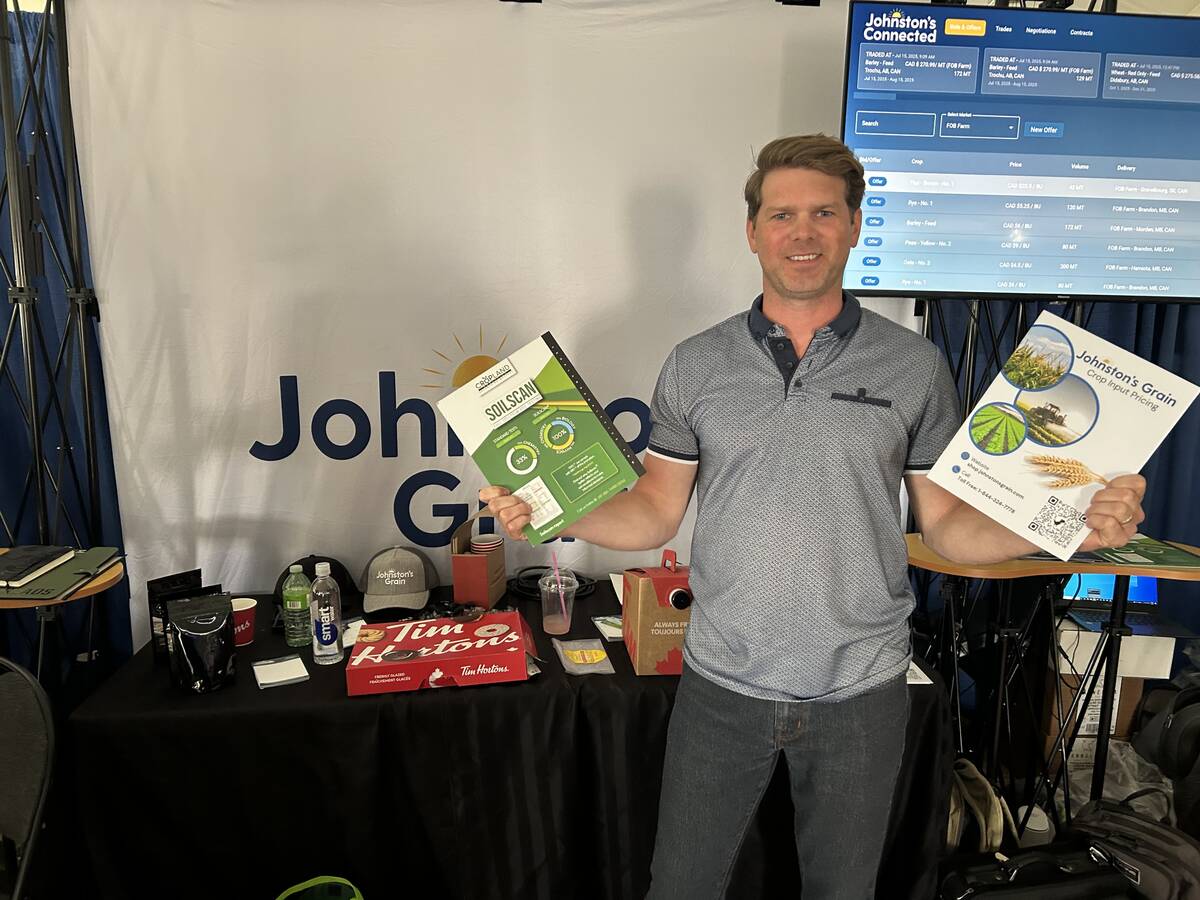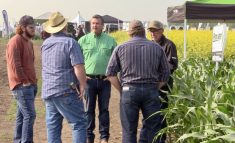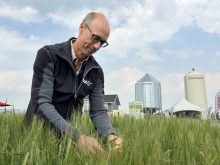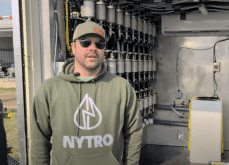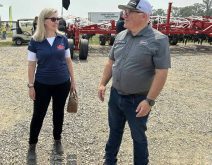Glacier FarmMedia — Johnston’s Grain is shifting gears and embracing regenerative agriculture.
“That’s one of the biggest things we’re doing now,” Joel Merkosky, president of Johnston’s, said during an interview at Ag in Motion 2025.
“That’s a huge focus of what we’re going to be doing moving forward.”
The company made its name by selling off-patent crop protection products.
“We’re trying to find an offramp off of that, viewing those more as emergency use products and focusing (instead) on resilient soils,” said Merkosky.
Read Also

Seeds Canada announces Dan Wright as new CEO
Seeds Canada has announced Dan Wright as its new chief executive officer.
Follow all of our Ag in Motion coverage at the Western Producer.
That doesn’t mean the company is done selling agricultural chemicals. Johnston’s is in the process of building a 10,000 sq. foot warehouse in Moosomin, Sask., and leasing space in Calgary to store its old and new product offerings.
However, it sees regenerative products as the future, which is why it recently established Johnston’s Regenerative, a new branch of the company.
Better ways of boosting soil health
Michael Launer, director of sales with Johnston’s Regenerative, says there are better ways to improve soil health than spreading more synthetic fertilizers on fields.
He claims that farmers who work with Johnston’s typically cut their fertilizer use by 25 to 35 percent and see a 15 to 20 percent increase in yields.
“That’s a pretty bold claim, but you know what, we’ve got the proof to back it,” he said.
Launer said the firm “takes a lens to the soil,” conducting a full-spectrum soil analysis in conjunction with Cropland Solutions, a lab based in Tofield, Alta., headed by Karthi Narayanan.
Narayanan holds a Ph.D. in applied microbiology from the University of Saskatchewan and is an advocate of regenerative agriculture.
Launer said Narayanan’s analysis provides insight into what is transpiring on the farm and how the fertility program can be improved.
“It’s amazing what can be achieved without driving the cost of their programs up,” he said.
Exploring more factors of soil health
Traditional lab tests analyze the amount of micro and macro nutrients in the soil.
Narayanan’s lab delves deeper, exploring factors such as water holding capacity, oxygen levels, microbial respiration rates, humic and folic acid levels, sodium saturation rates, calcium-to-magnesium ratios and ammonium levels.
Each soil test costs $100, and two to three are typically required per quarter section. The price includes a review of the lab results and recommendations.
The tests are made available to the company’s more than 4,000 farmer customers.
Growers are asked what crop they intend to plant, what is their usual fertility program and what is their targeted yield for that field.
The recommendations can sometimes be shocking. Last year, Johnston’s told a farmer to cut his fertilization program by 85 per cent on one field.
“His agronomist damn near fell out of his chair,” said Launer.
The farmer had been applying 250 pounds of fertilizer per acre despite having hardly any rainfall on that field. Much of the previously applied fertilizer was still sitting in the soil.
The recommendation was to also apply biologicals to help cycle the nutrients.
The grower agreed to use Johnston’s recommendations on one-third of his field.
“He outperformed the rest of his field by 23 per cent on that,” said Launer.
“So now this year we’re doing all of his field and his brother’s.”
Soil may be deficient in biology
Launer said 90 per cent of the fields they analyze are deficient in biology due to the over-use of synthetic fertilizers.
Johnston’s sells biological products such as worm castings and bio-stimulants through its partnership with Annelida Soil Solutions. However, the grower can purchase them from anywhere.
He said existing agronomy methodology is based on selling farmers more synthetic fertilizer every year.
Merkosky said Johnston’s also just became the western Canadian distributor of Weed-It, a precision spraying system.
The chlorophyl-detecting system is built into booms that are then installed on self-propelled sprayers.
The Weed-It system sends a red light to the soil during the pre-burn process and spot sprays exactly where it detects a weed.
Merkosky claims the system has a 98 per cent hit rate while using 10 to 15 per cent of normal pre-seed chemical levels. The weeds can also be hit using higher rates of chemical.
“You can do a far more potent mix because you’re not spraying your whole crop,” he said.
The company is selling 120-foot units for $300,000 and 132-foot units for $335,000.


